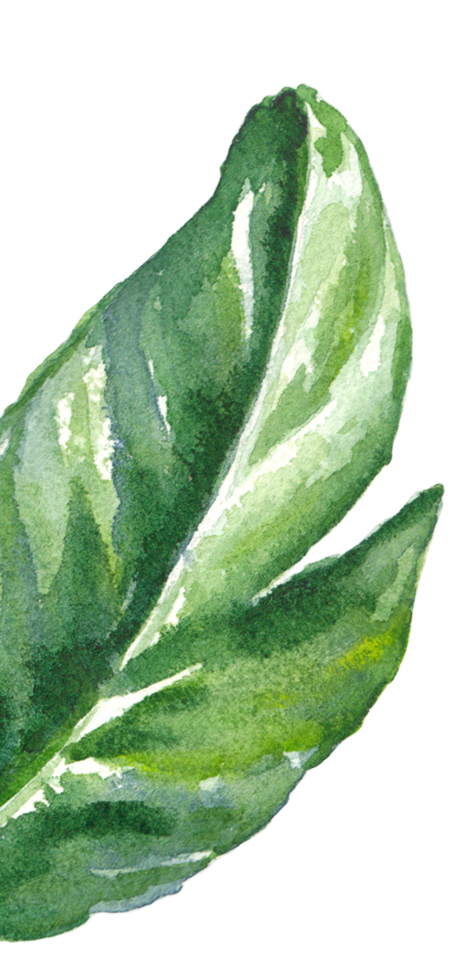Michael & Jordan


FAQs
Question
I Have FOMO!! what day should I plan to travel in?
Answer
Fear Of Missing Out (FOMO) is a real thing! Most should plan to arrive on 6/22 and leave on 6/25. We are still working on the itinerary so please be on the lookout!
Question
Traditional Wedding Customs
Answer
The entire event usually plays out like a well-rehearsed play with two narrators representing both families, the 'Alaga Ijoko' (the sitting MC) for the bride's family and the 'Alaga Iduro' (the standing MC) for the grooms family. Prior to the engagement, both families meet in the 'introduction' where amongst other things, wedding dates are set and both families get to know each other.
Question
What happens during the Traditional Wedding?
Answer
Step 1: Welcome The arrival of the grooms family signals the start of the ceremony, they are required to be on time and can be sent back or fined for being late. Once inside, they are introduced by their Alaga and proceed to kneel and greet the bride's family. Step 2: The Proposal and Acceptance This elaborate proposal 'letter' is presented by the groom's family and read out loud by the youngest member of the brides family. After which an acceptance letter is given by the brides family. Step 3: Meet the Groom The groom typically makes his appearance by dancing in with his friends then proceeds to prostrate two times with his friends and once alone to his new in-laws. During the third prostration, both families stretch out their arms and pray for the groom. He then prostrates once with his friends for his family before proceeding to his seat. Step 4: Meet the Bride The veiled bride makes her appearance escorted by her friends who dance her in. She kneels in front of her parents for their prayers and blessings, then does the same with her future husbands parents after which she is unveiled and joins her future husband. Though not compulsory, some brides put the grooms hat (fila) on his head, this demonstrates her acceptance of the proposal.
Question
What happens during the Traditional Wedding? Part 2
Answer
Step 5: Bling Please On instruction from the Alaga Ijoko she picks the gift she wants from the usually dazzling selection brought by her in-laws (a list with the required items would have been given prior to the engagement). She is expected to pick the Bible to which her engagement ring is attached. She gives her selection to her husband who puts the ring on her finger and watches happily as she shows off her ring to the world. Step 6: Bride Price Various envelopes containing everything from the bride price to money for the wives, children and elders in the her family are handed over to the brides family. It is very common practice for them to the envelope containing the bride price, the belief is that both families have become one and are giving their daughter away versus 'selling' her. Step 7: Cut the Cake The engagement cake also known as 'Akara Oyinbo' is a symbol of happiness due to its rich and sweet ingredients. The more recently introduced cake cutting ceremony is usually for photo opportunities. Step 8: Party Party Party Final prayers are said and the occasion is ended with lots of love, eating, music and dancing!
Question
What's the difference between the White Wedding Vs Traditional Wedding
Answer
Traditionally the White and Traditional wedding are held on different days..... but not us! We had this crazy idea to do both in one day! What's the difference? Realistically, everything is different between the two! The “white wedding” named due to the color of the bride’s gown can be best described as an American wedding. Essentially, the Nigerian ceremony is a traditional engagement. It goes back to being in Nigeria, where the couple would bring their two families together—often from two different villages—to meet one another and approve of their engagement so that they could be married. During the ceremony, the groom will beg, literally on the ground, for the bride’s hand in marriage, where the bride’s family is typically gifted heavily in exchange for their daughter. The bride is the prize, and the groom must prove that he will love her and take great care of her before her family gives her up. In the end, the two families become one, and you dance the night away in celebration.”
Question
What should I Wear?
Answer
It's up to you! White wedding: cocktail attire and a semi-formal dress Traditional: you have the option to purchase traditional fabric and have something made by a tailor of your choice. More details will be provided soon regarding fabric.
Question
What's a Aso ebi ?
Answer
Uniformity of family members and guests’ attires is also one beautiful elements of a Yoruba wedding that is difficult to miss. There is a special fabric for family members, a different one for the groom’s guests, another one for the bride’s guests and in some cases, another one for the bride’s mother’s guests, groom’s mother’s guest… it’s literally always an elaborate affair at Yoruba weddings.
Question
Money Spray.... what's that ?
Answer
"Money Spraying” is the highlight of the Nigerian wedding reception. Guests spray the couple with cash on the dance floor as a way of showering them with blessings and to keep them dancing on.
Question
Is this wedding child friendly ?
Answer
Unfortunately we cannot accommodate children for the wedding ceremonies. All pre and post wedding festivities are child friendly.
Question
Can I bring a Plus 1?
Answer
Yes you may bring a plus 1 to the wedding. We just need to know during the RSVP to ensure we have everyone accounted for.